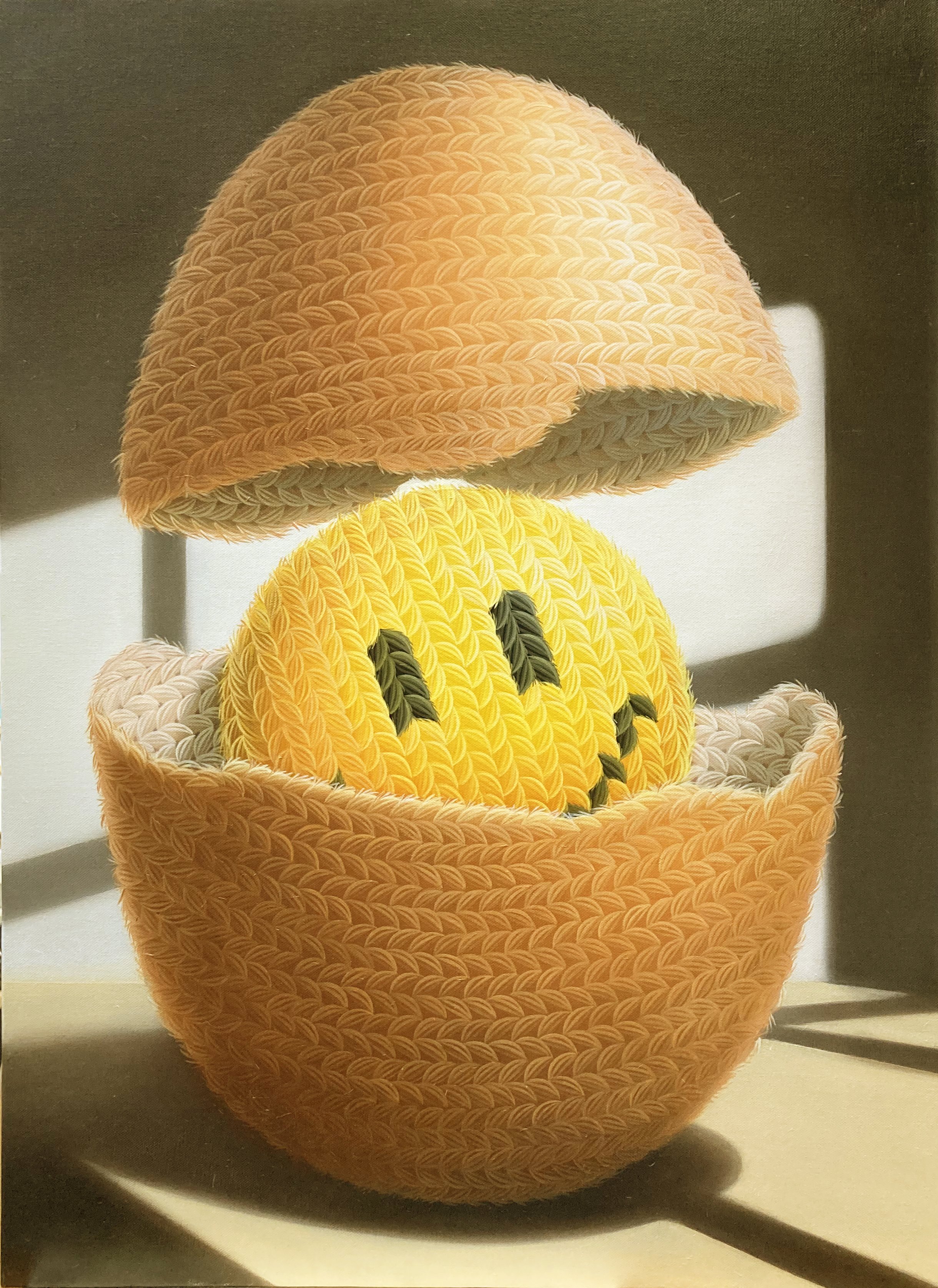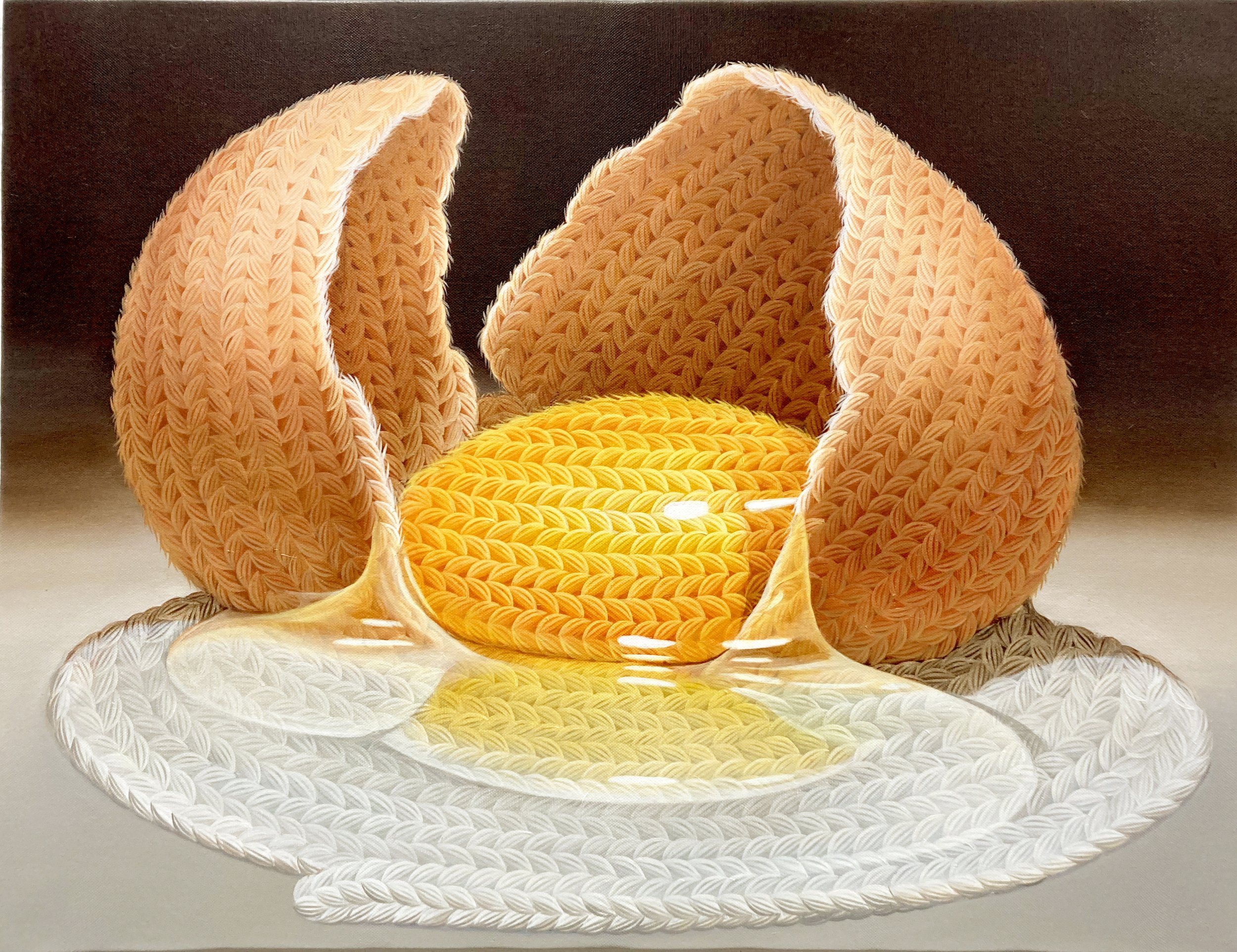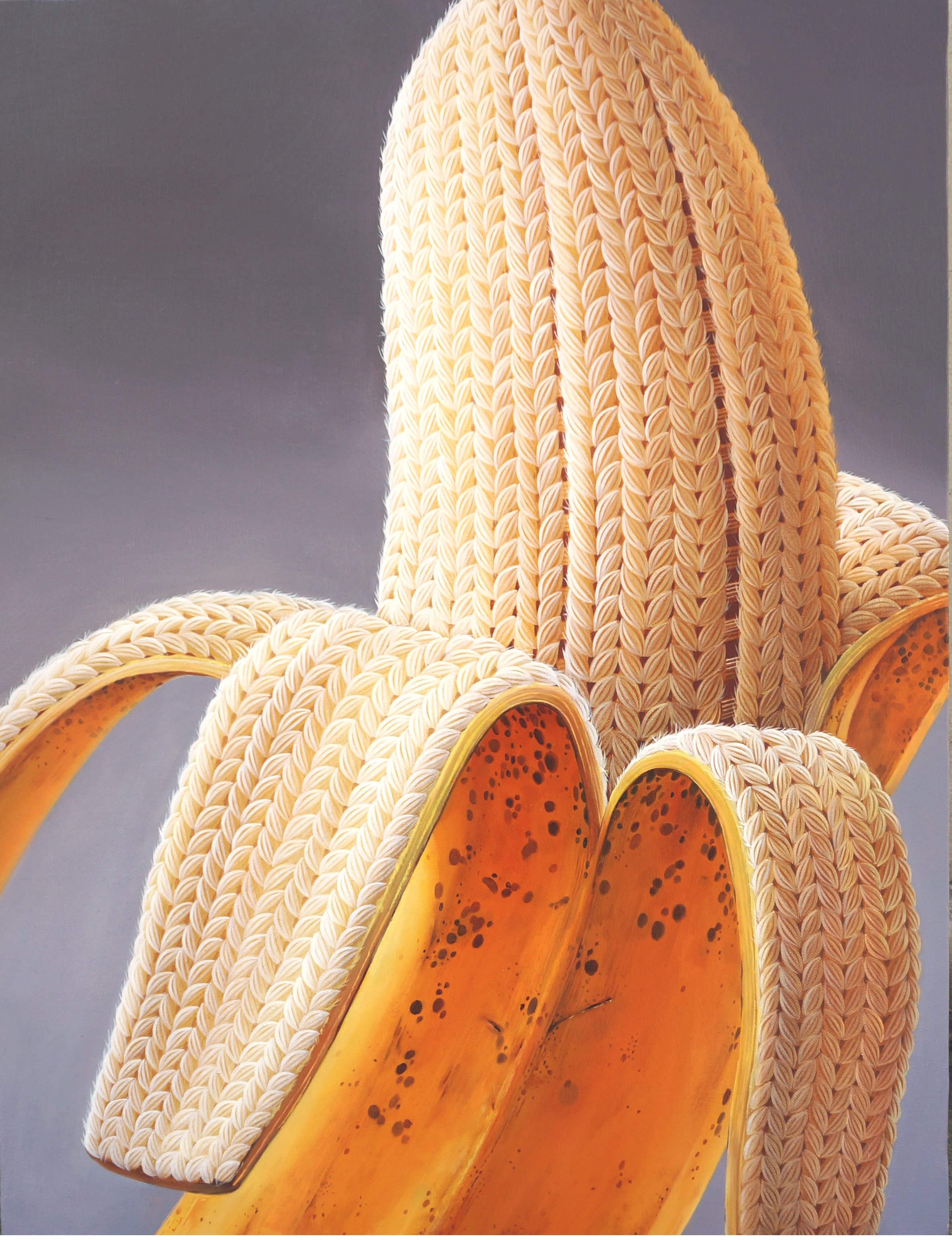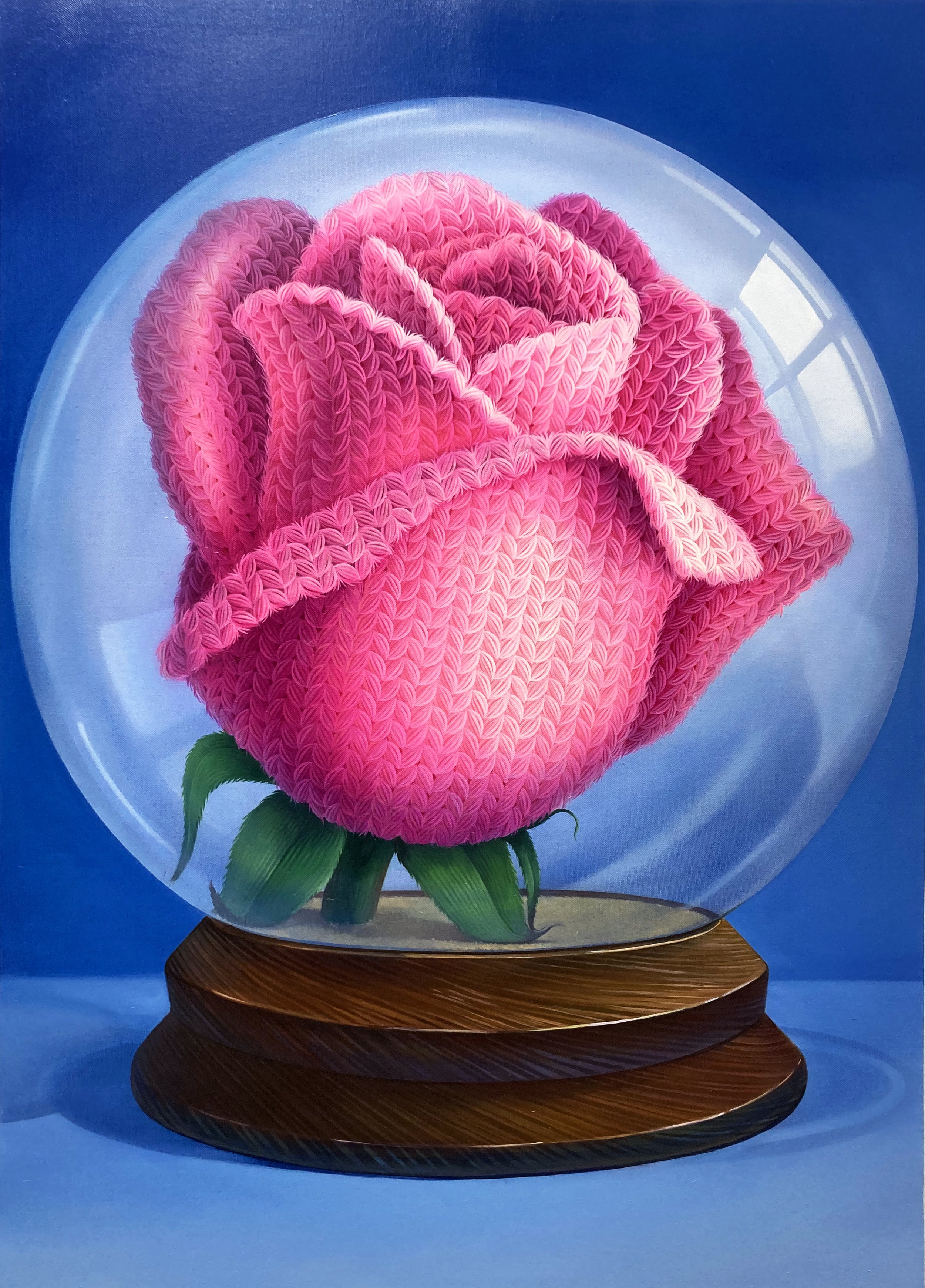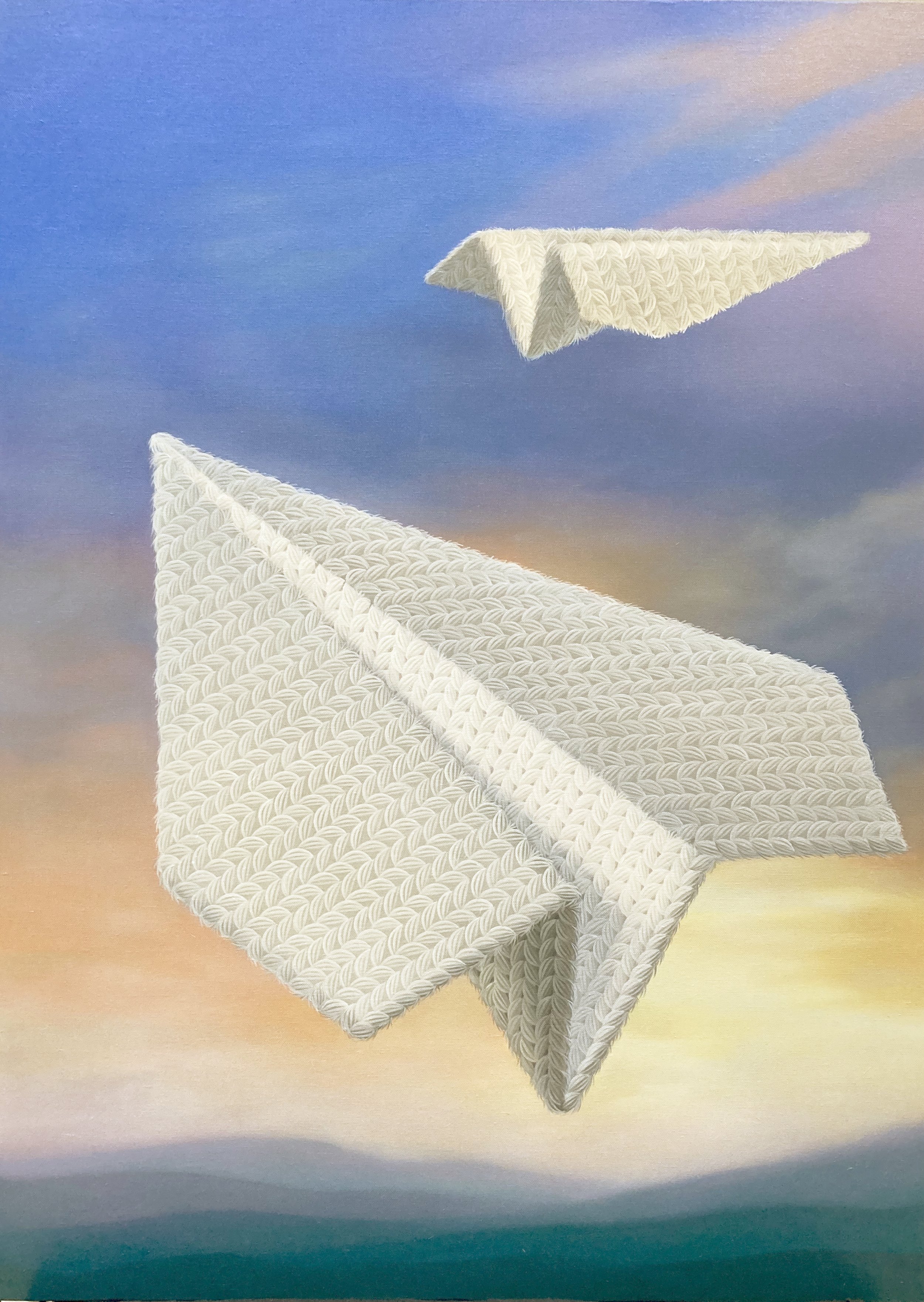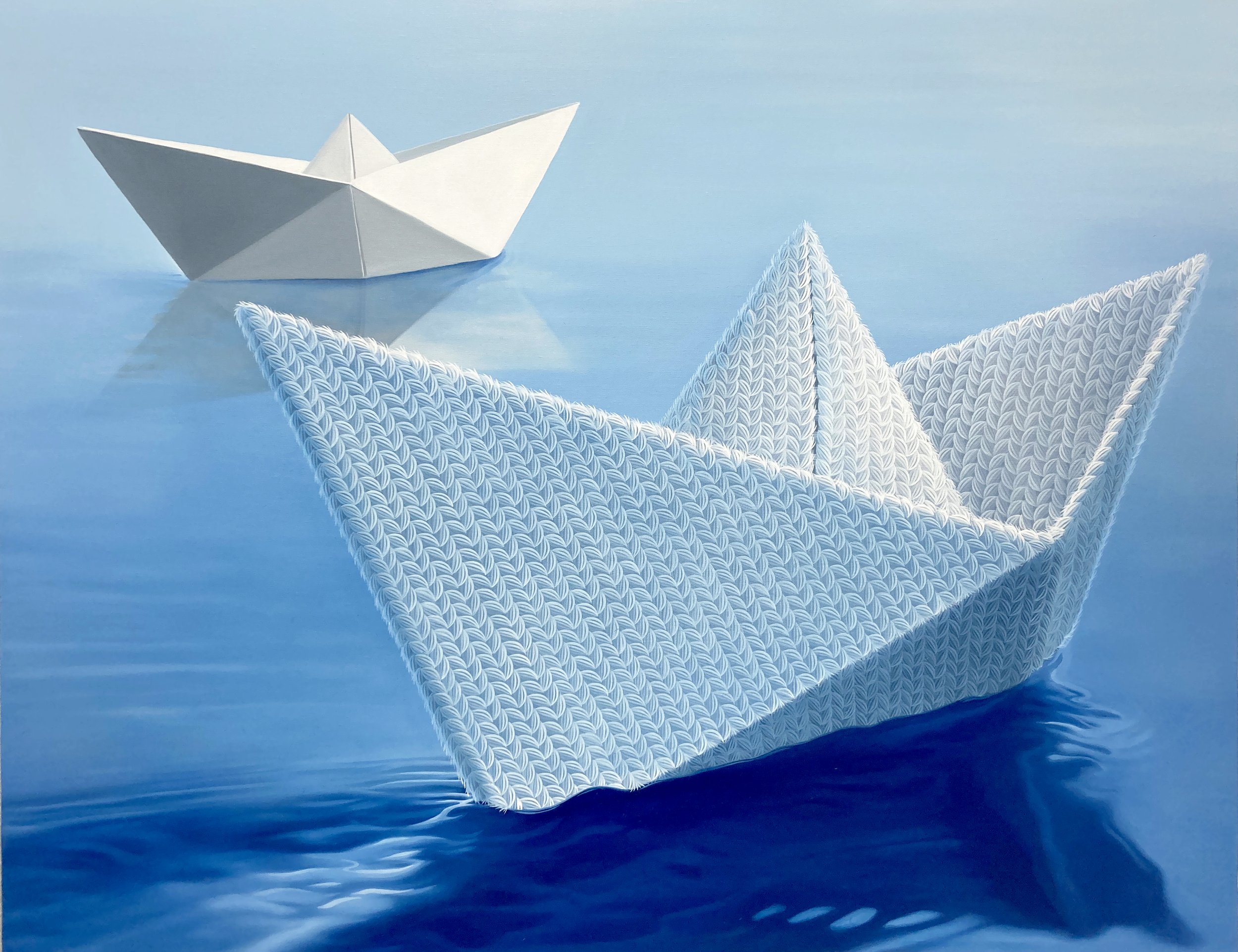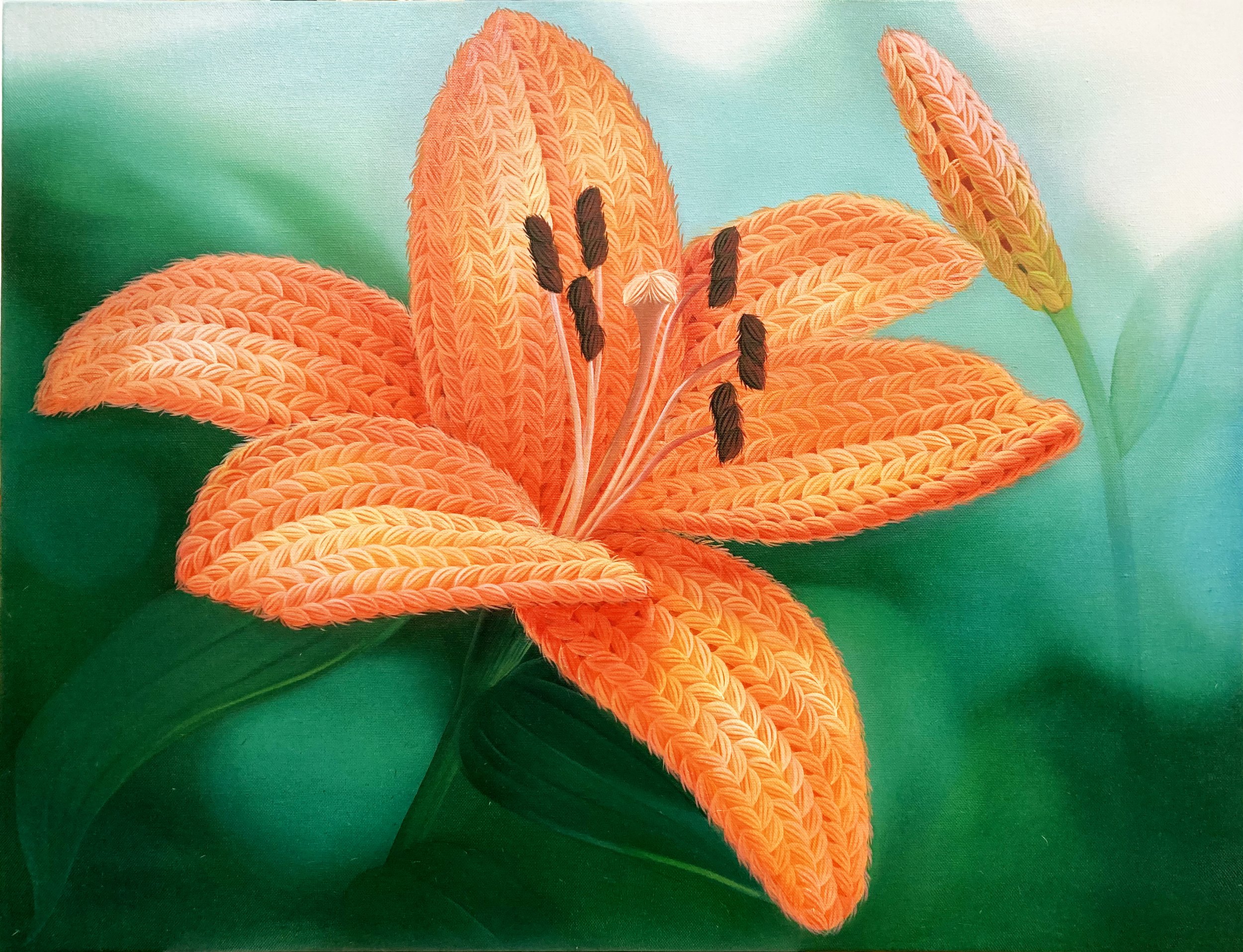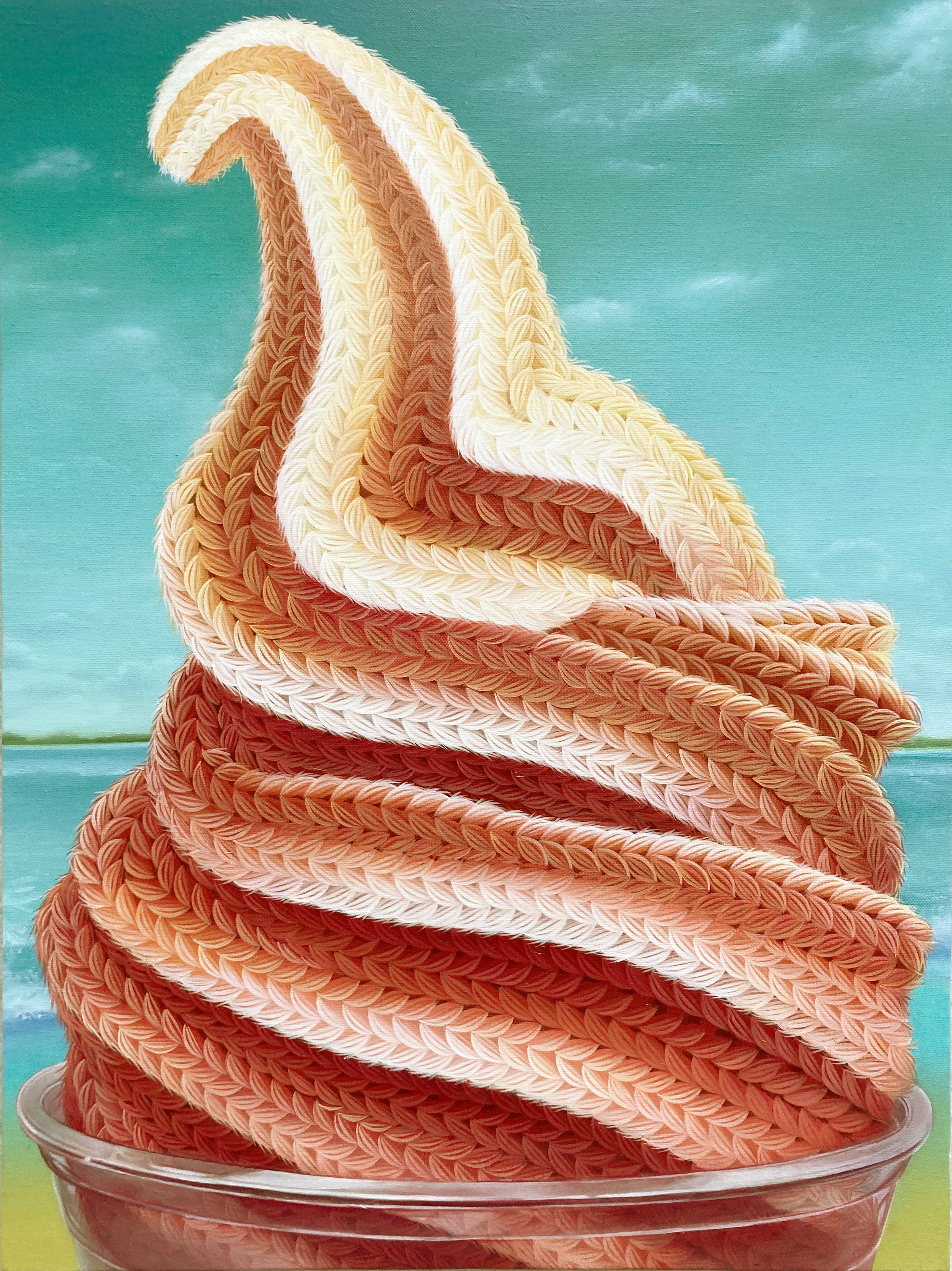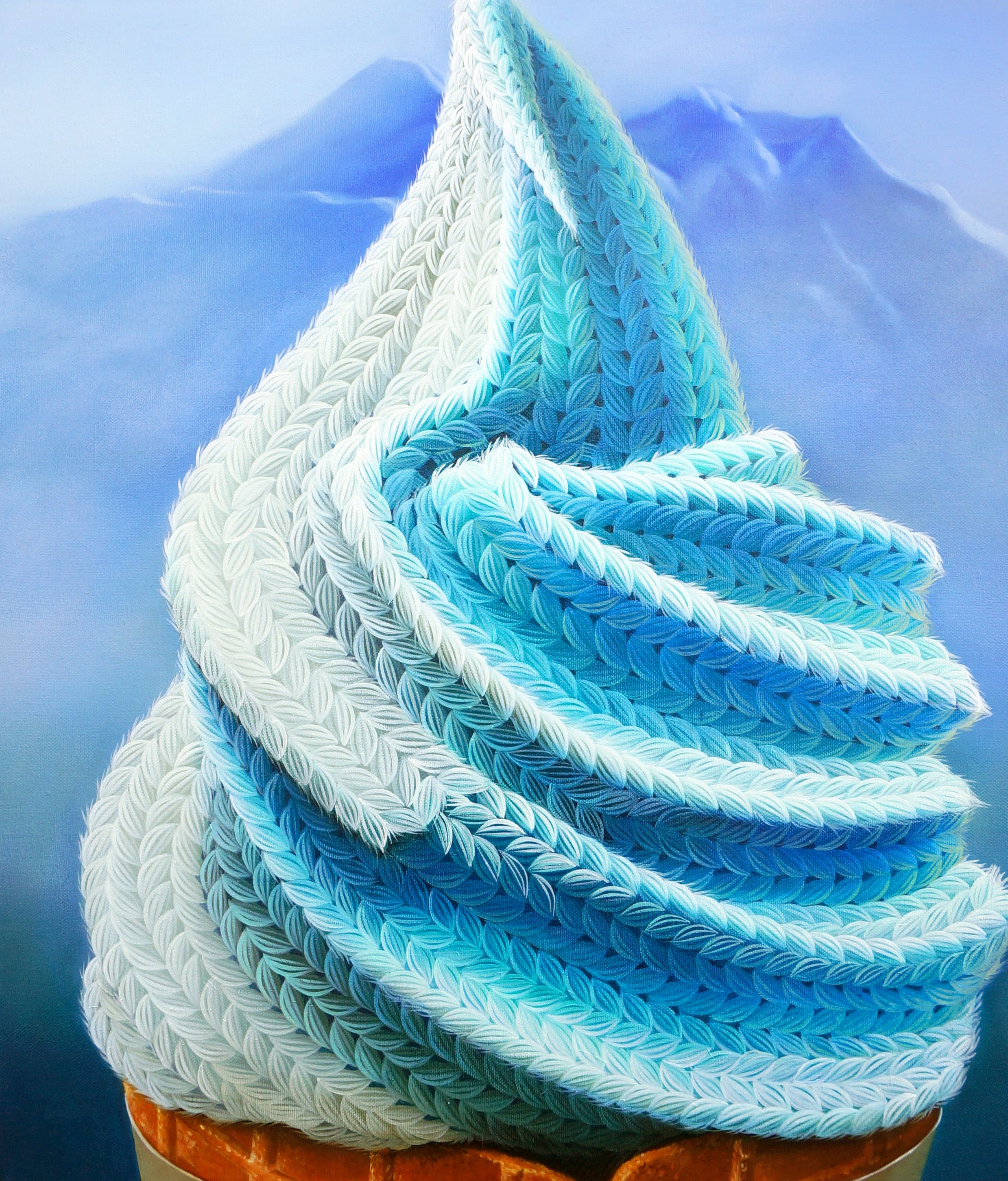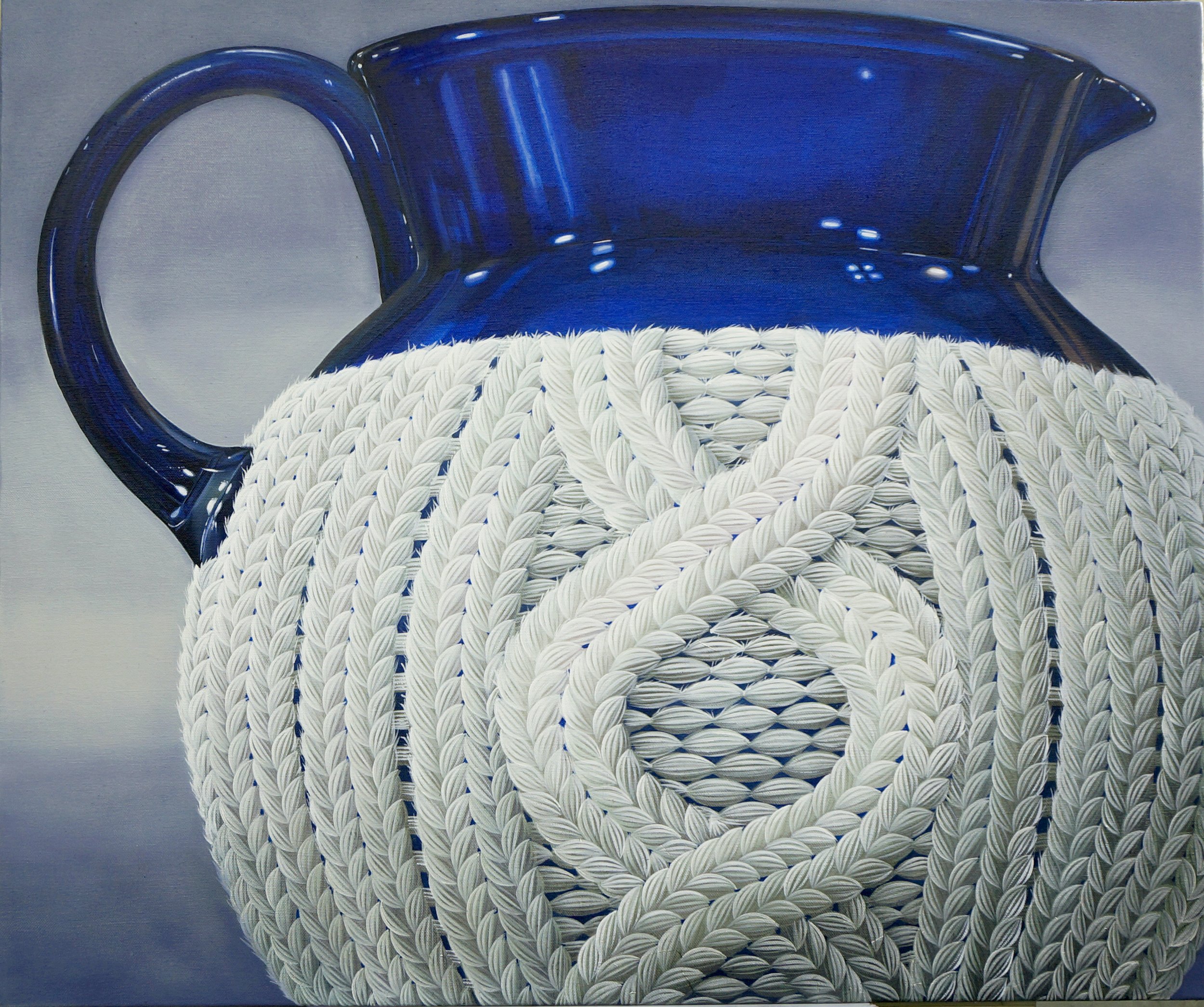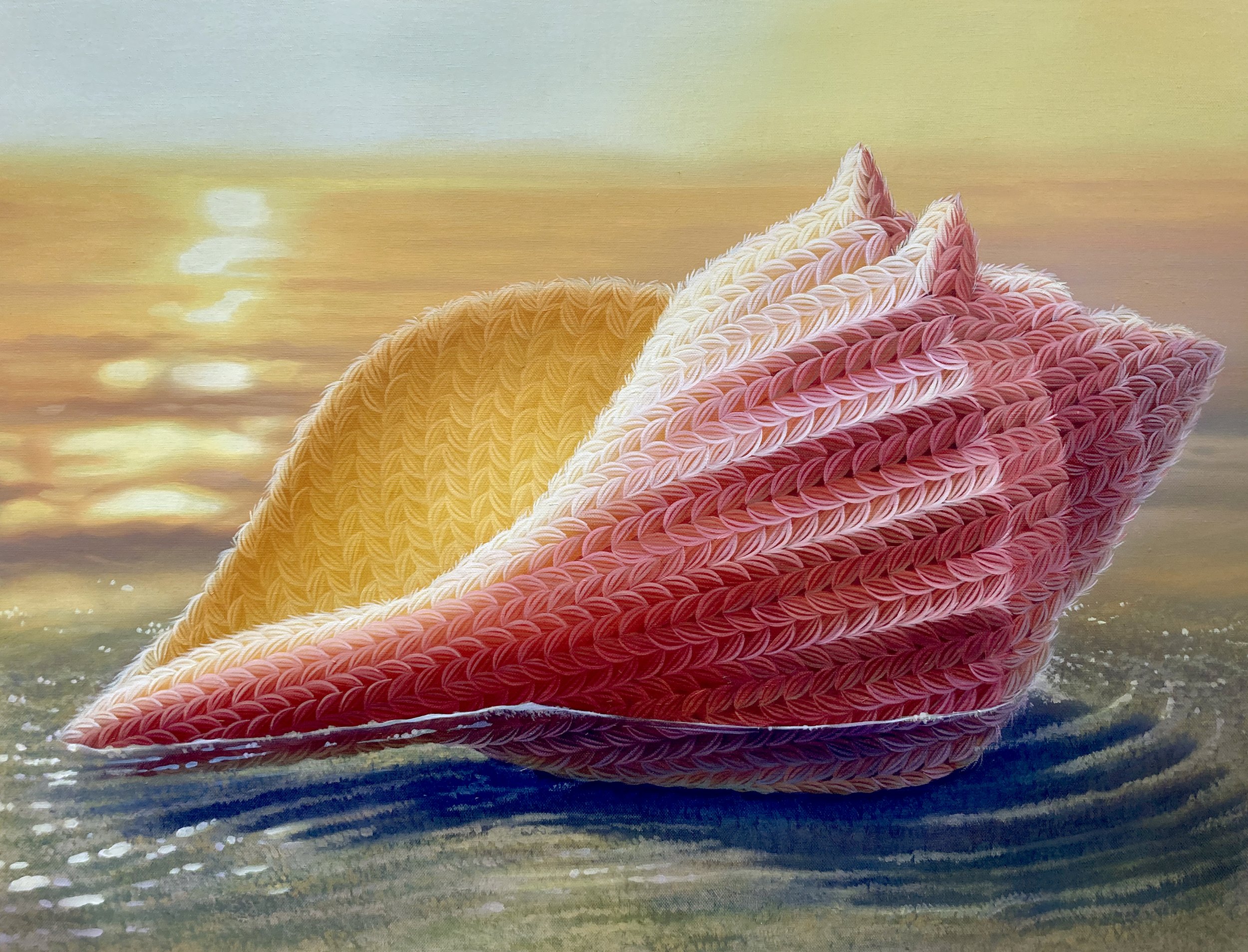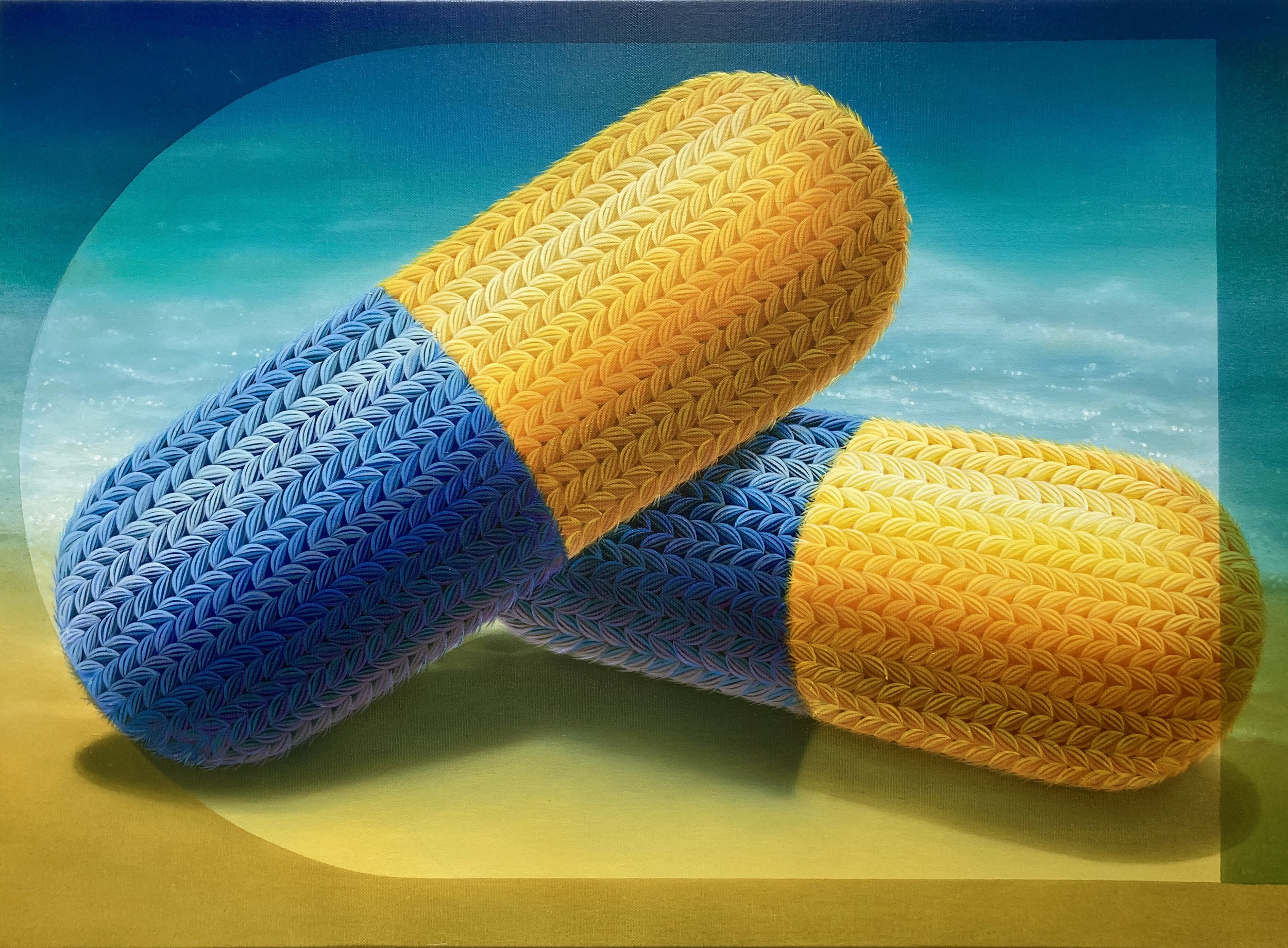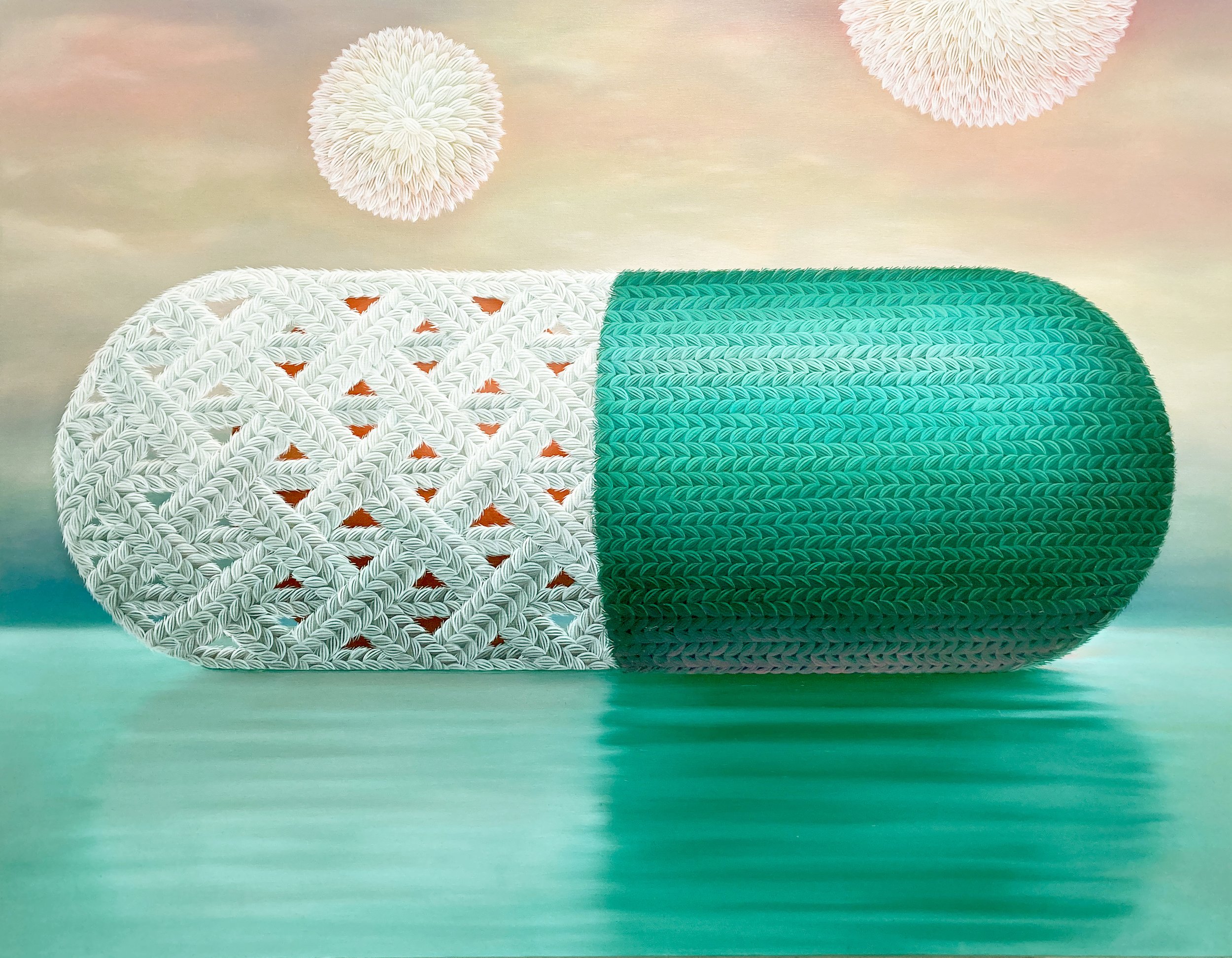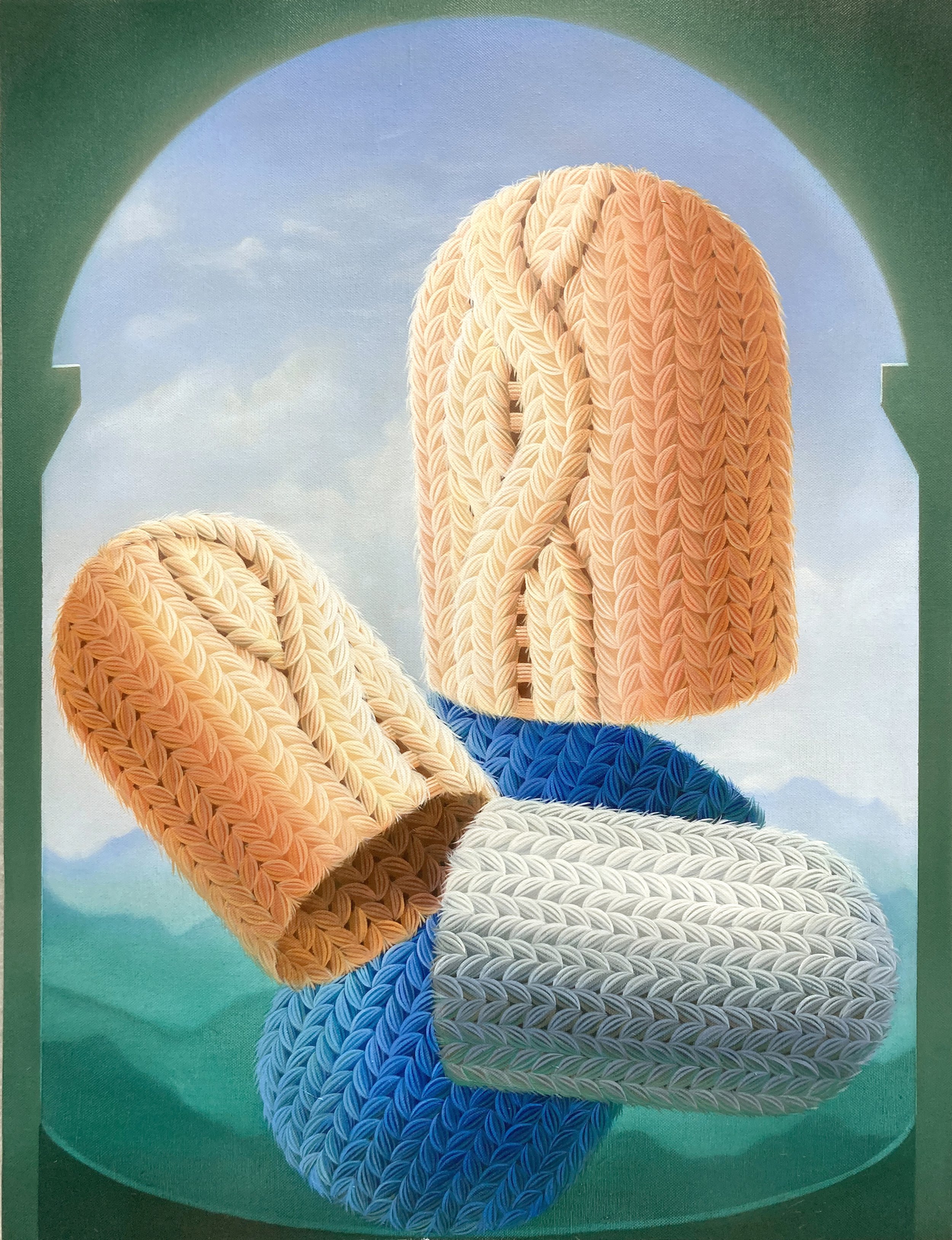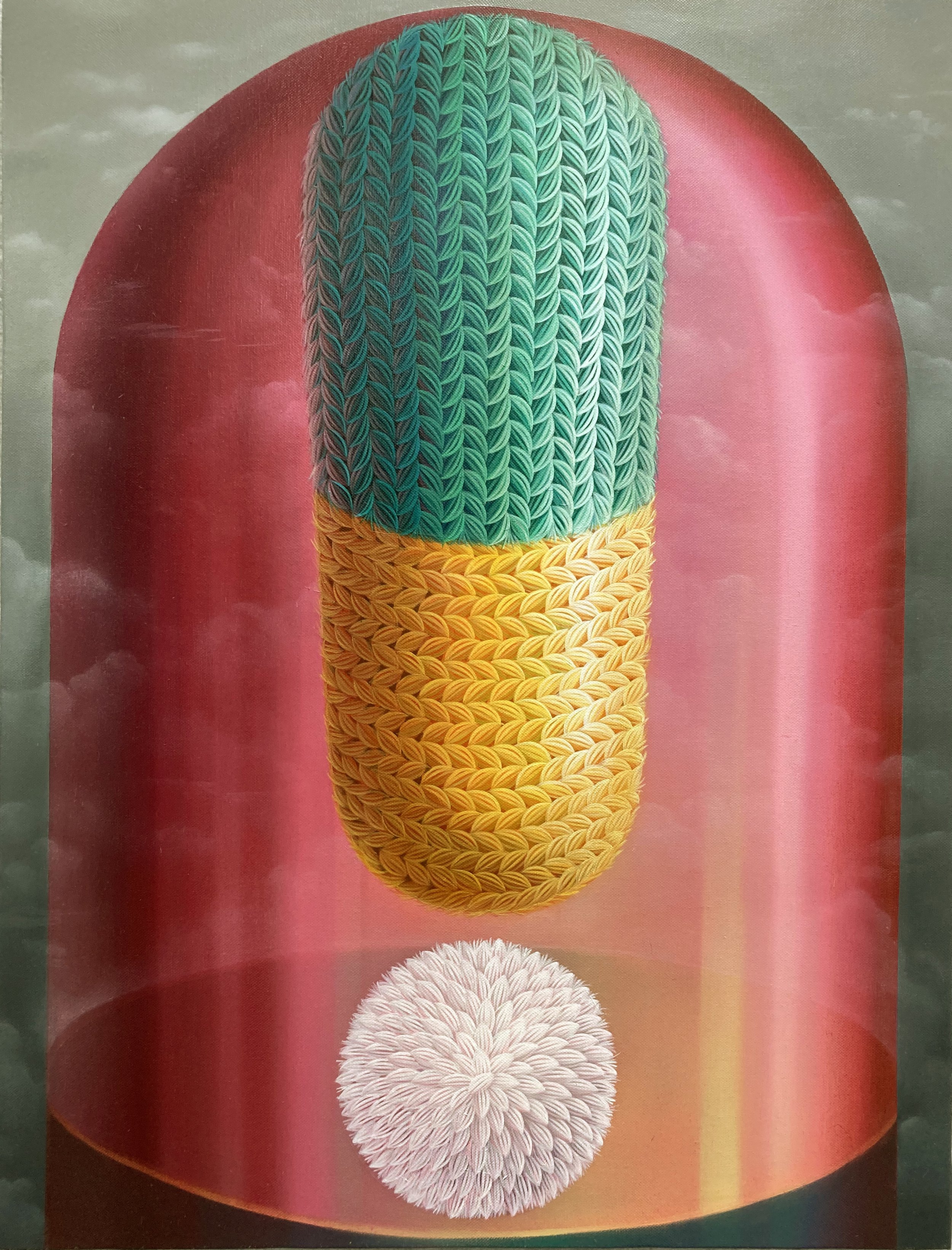Interview
Jaeyoung Park
Jaeyoung Park was born in Daegu, in the Republic of Korea, a region famous for its textiles. He holds both a bachelors and masters degree from Chung-Ang University. He currently resides in Seoul, where he teaches Western art in a specialized art school, while also working daily on his personal ‘Woolscape’ project.
As a young child, Jaeyoung was often with his father, who ran a small fabric shop.
In elementary school, his art teacher noticed Jaeyoung’s creativity and recommended him to go to an arts middle school. This is where he learned molding, arts and crafts, Western and Eastern art, and more as part of a wide curriculum. While attending an arts high school, he was able to develop a creative mindset and expression, learn the basics of his craft and work on turning his dreams into reality. Jaeyoung has had 15 solo exhibitions, and has received several special awards for his art.
What is your name and background, and how did you start your journey in the art world?
“My name is Jaeyoung Park and I live in Seoul, Korea. My parents have been running a linen shop since I was little. As a child, I loved drawing and observing objects. With active support from my parents, who were very interested in art, I learned how to paint professionally. I went to an art middle school and high school, and from there, I decided to become an artist.”
What themes do you pursue? Is there an underlying message in your work?
“I draw the image of thread over and over every day, as if I am writing a diary on a canvas. My work reinterprets the subject from a unique perspective and continues to pursue new possibilities of ‘painting/not painting’. It warmly views, reinterprets and expresses a part of life in modern society. The subject of my work contains a symbolic metaphor for life.”
“Sometimes life is twisted like a thread. Each time, you have to unscrew and weave the thread again to make clothes. The strands of thread gradually appear as images of objects. The images that are repeatedly arranged, unwound, and knotted are expressed through a drawing process that weaves the parts of life that easily pass by, one by one.”
What would you say inspires you most?
“To find my identity, I started to abandon excessive and diverse stories, materials, and expressions in my work. I tried to clear up my whole inner greed. Over time, I started to look into parts of my life. The philosophical experiences and memories of life that I saw and heard from my mother's knitting inspired my work. I have expanded to enable infinitely scalable operations, and change the physical properties of things today.”
How would you describe your work?
“The structure of modern society can be viewed in the process of drawing each part of woven clothes or objects. Focusing on what the individual existence means in a grouped society, the smallest unit - the strand of thread, has no personality. It's just one piece of a larger piece of clothing. But the thread also loosens, knots, tangles, and wraps together into a combination of strands of thread. This is similar to our society in life. 'Woolscape' appears as a landscape that resembles everyday life, but it is expressed through ‘change of material properties’ and ‘reinterpretation of images’. It indirectly conveys the wisdom of life through works, and warms the life of modern society.”
Which artists influence you most?
“I like Bill Viola's ‘Life, Death, Rebirth’, ‘Space and Time’, and the poetic expression of images through the aesthetics of slowness. I also like David Hockney's spirit of constant experimentation with colors and new ways of expression.”
What is your creative process like?
“My work clearly started from a Western vision and perspective, but the posture and process of drawing uses oriental colors. The strands of thread are a symbolic form of life. The shape of the strands of the thread is not outlined or filled with color, but mostly consists of a repetitive combination of lines and overlapping, to take a knot structure.”
What is an artist’s role in society and how do you see that evolving?
“As an artist living in a modern society, I expect us artists to play a role in healing people's hearts by embracing the lives of modern people. Therefore, in the future, I plan to continue researching on changes in the material, characteristics and expression of things. With the recent development of digital media technology, new art forms are emerging and reinterpreted beyond the expression of existing media. So, in order to get closer to the public, I am working on media art using existing works.”
Have you had any noteworthy exhibitions you'd like to share?
“I was part of the London Art Biennale 2021 – Awards & Winners, which you can view here.


